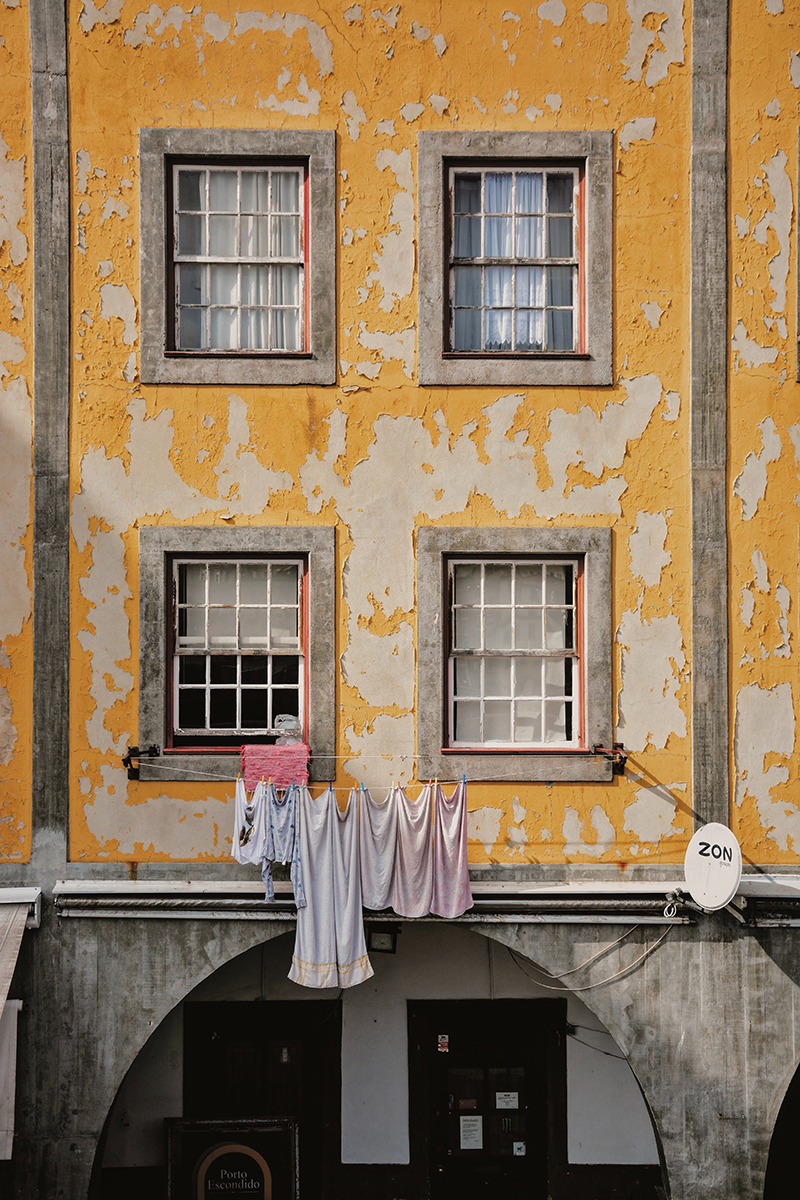How to Remove Old Paint From Your Woodwork
Does your Cheap Old House have gorgeous wood details covered in layers and layers of old paint? Removing paint from intricate mantels and woodwork is absolutely possible, but it requires careful attention to avoid damaging the details and delicate surfaces. Here’s a step-by-step guide to help tackle the project and reveal that woodwork in all its glory:
1) Gather supplies: You will need a paint stripper, plastic wrap, paintbrushes, plastic or wooden scrapers, steel wool or scrub brushes, mineral spirits or denatured alcohol, drop cloths or plastic sheets, safety goggles, gloves, and a mask.
2) Prepare the area: Protect the surrounding surfaces with drop cloths or plastic sheets. Open windows or use fans for proper ventilation.
3) Test for lead paint: If the woodwork was painted before 1978, it may contain lead-based paint. Use a lead test kit to check for lead content. If lead is present, follow lead-safe practices or hire a professional.
4) Apply the paint stripper: Use a chemical paint stripper specifically designed for wood surfaces. Apply a thick, even coat of the paint stripper to the painted areas of the mantels and woodwork, following the manufacturer’s instructions. Take care to avoid getting the stripper on any areas you don’t want to strip.
5) Cover with plastic wrap: Once the paint stripper is applied, cover the treated areas with plastic wrap. This helps to keep the stripper moist and enhances its effectiveness. Follow the instructions provided by the manufacturer.
6) Let it sit: Allow the paint stripper to work according to the recommended time on the product label. This usually ranges from 15 minutes to several hours, depending on the type and thickness of the paint.
7) Test for readiness: After the recommended time, test a small section of the paint by scraping gently with a plastic or wooden scraper. If the paint easily lifts off the woodwork, it is ready for removal. If not, reapply the paint stripper and let it sit for a bit longer.
8) Remove the paint: Gently scrape off the softened paint using a plastic or wooden scraper. Take your time and work carefully, paying attention to the intricate details of the mantels and woodwork. Avoid using metal scrapers as they can damage the wood.
9) Repeat if necessary: If there are multiple layers of paint, you may need to repeat the stripping process to remove all the paint. Apply additional coats of paint stripper as needed, following the instructions provided.
10) Clean the wood: Use steel wool or a scrub brush along with mineral spirits or denatured alcohol to clean off any remaining paint residue or stripper from the woodwork. Work gently to avoid damaging the wood surface.
11) Finishing touches: After the woodwork is clean, you may need to lightly sand any rough spots or imperfections using fine-grit sandpaper. Sand in the direction of the wood grain. Once the woodwork is smooth, you can proceed with applying a suitable finish such as varnish, lacquer, or wood stain, following the manufacturer’s instructions.
Remember to take breaks as needed and work in a well-ventilated area. If you are uncertain about the process or the condition of your mantels and woodwork, it is advisable to consult a professional for assistance.




